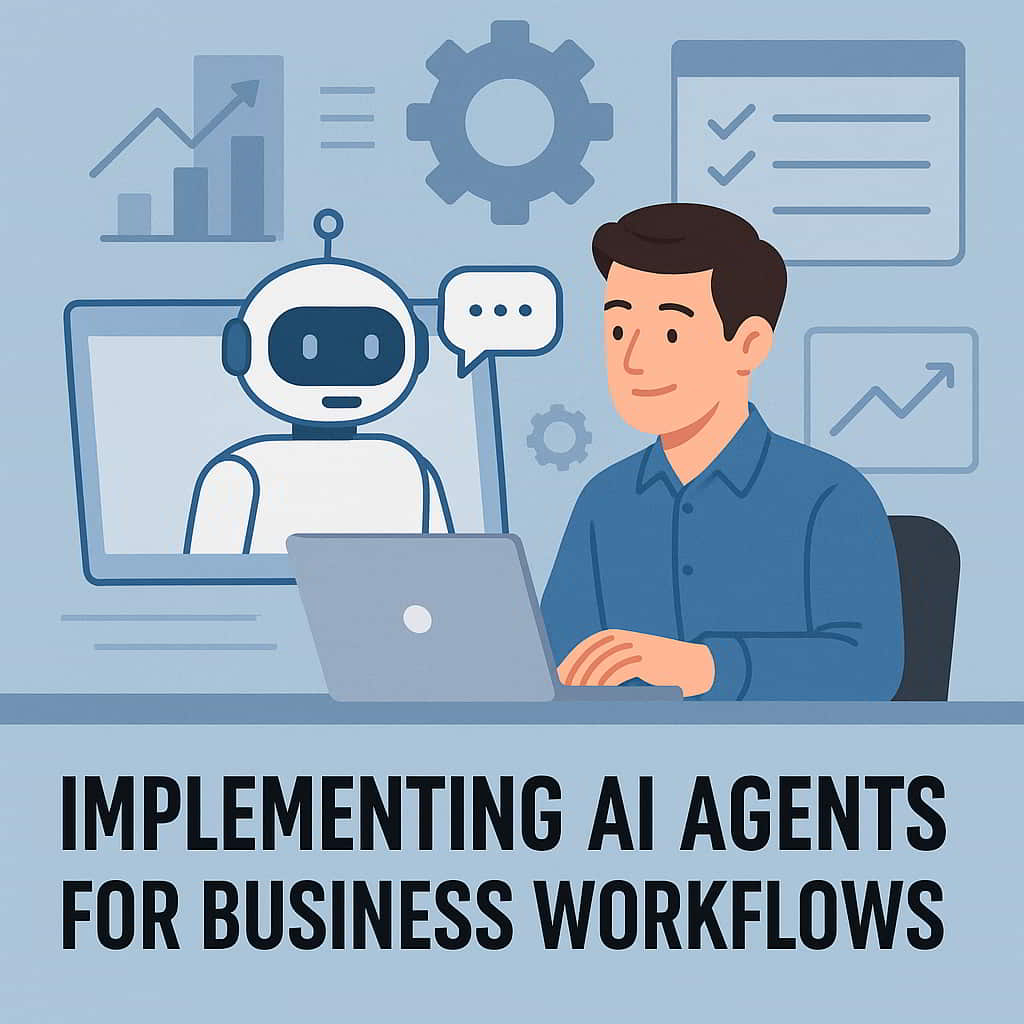What Are AI Agents
AI agents are systems that perform tasks autonomously by combining reasoning, memory, and actions. Unlike static chatbots, they can plan steps, connect to external tools, and learn from outcomes. Their structure usually includes three layers: perception, decision, and execution.
A perception layer collects input from APIs or users. The decision layer interprets that input through an AI model, while the execution layer performs actions such as sending emails, updating databases, or generating reports. Each cycle adds context, making agents adaptive and capable of multi-step reasoning.
AI agents can work across departments. In marketing, they track campaign performance and adjust ad budgets. In sales, they qualify leads and follow up automatically. In operations, they monitor supply chains, schedule maintenance, or generate purchase orders.
Unlike traditional automation scripts, agents can handle ambiguity. They make contextual choices rather than following rigid “if–then” rules. This flexibility allows them to operate in dynamic environments such as customer support or forecasting.
How Businesses Can Implement AI Agents
Step 1: Identify Repetitive Knowledge Work
AI agents deliver the most value when used on cognitive, repetitive tasks. Good starting points include data entry, report generation, customer service chat, and routine communication. Mapping these areas helps define clear success metrics before implementation.
Step 2: Choose the Right Architecture
There are two main approaches. The first is agent frameworks, such as LangChain or AutoGen, which let you build custom logic around a language model. The second is platform-based agents, integrated into tools like HubSpot, Notion, or Zapier.
Frameworks give flexibility for enterprise-scale workflows, while platforms offer plug-and-play simplicity.
Step 3: Integrate With Existing Systems
An agent becomes useful only when connected to your business data. It should access CRMs, task managers, analytics dashboards, or document storage. Secure APIs and permission layers are essential to avoid exposing sensitive information.
Step 4: Train and Test the Agent
Each agent must learn how your organization works. That includes tone of communication, data formats, and escalation rules. Testing scenarios should include both expected and unusual cases, ensuring the system reacts consistently.
Step 5: Define Human Oversight
Even autonomous systems need checkpoints. Human review prevents cascading errors, especially when an agent interacts with customers or financial systems.
A practical setup is the “human-in-the-loop” model where people approve or edit actions before final execution.
Step 6: Measure Performance
Metrics should reflect the task’s intent, not just speed. Key indicators include response accuracy, time saved, and error reduction. Tracking these helps refine prompts, update datasets, and scale gradually to new functions.
Use Cases Across Industries
In finance, agents reconcile transactions, detect anomalies, and prepare compliance summaries.
In retail, they forecast demand, manage inventory thresholds, and automate supplier updates.
In HR, they assist with onboarding, internal help desks, and policy queries.
In IT, they monitor infrastructure logs, trigger alerts, and even resolve minor issues without human input.
Each implementation depends on combining AI reasoning with structured workflows. The more data and context provided, the more capable the agent becomes.
